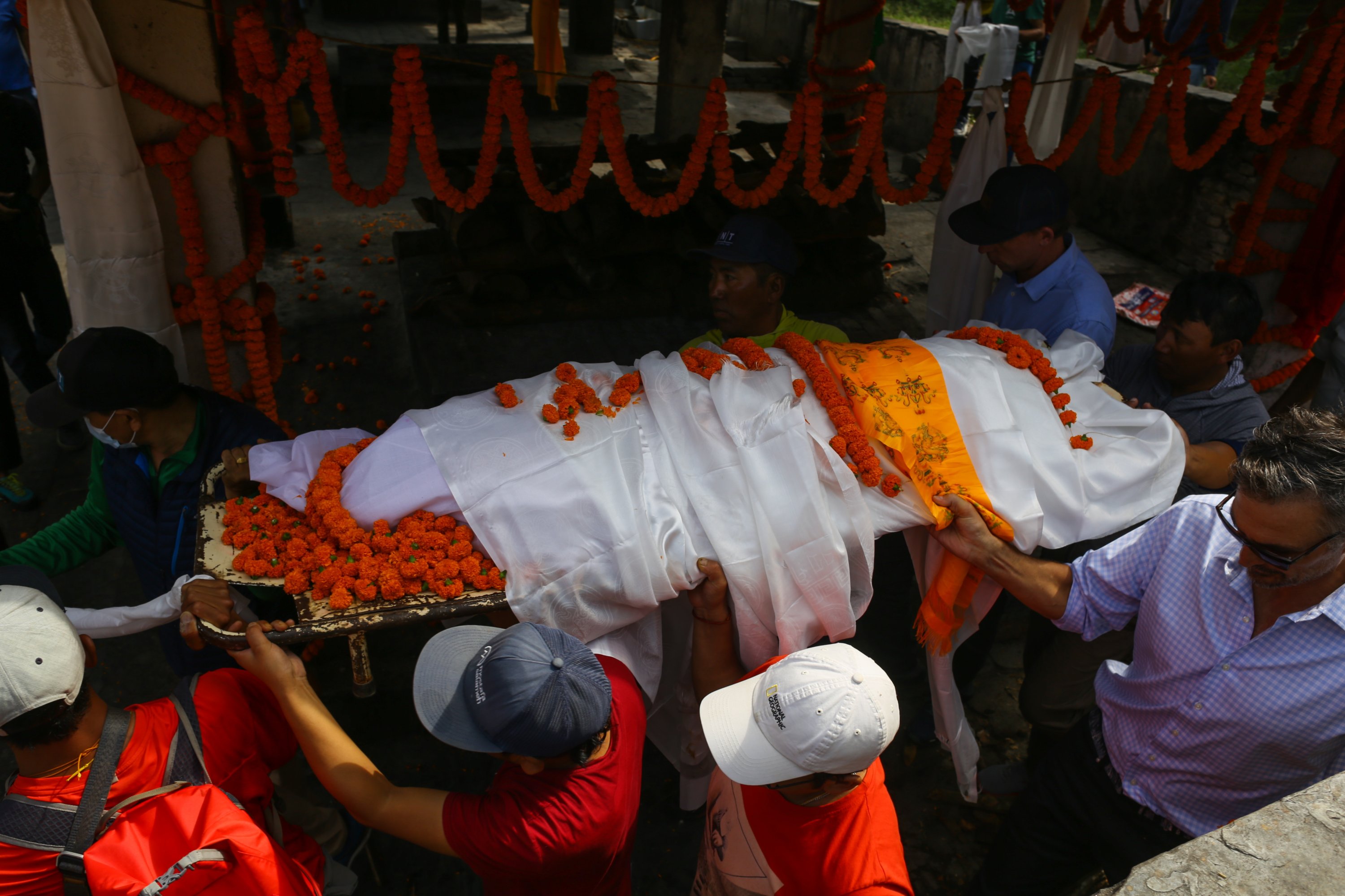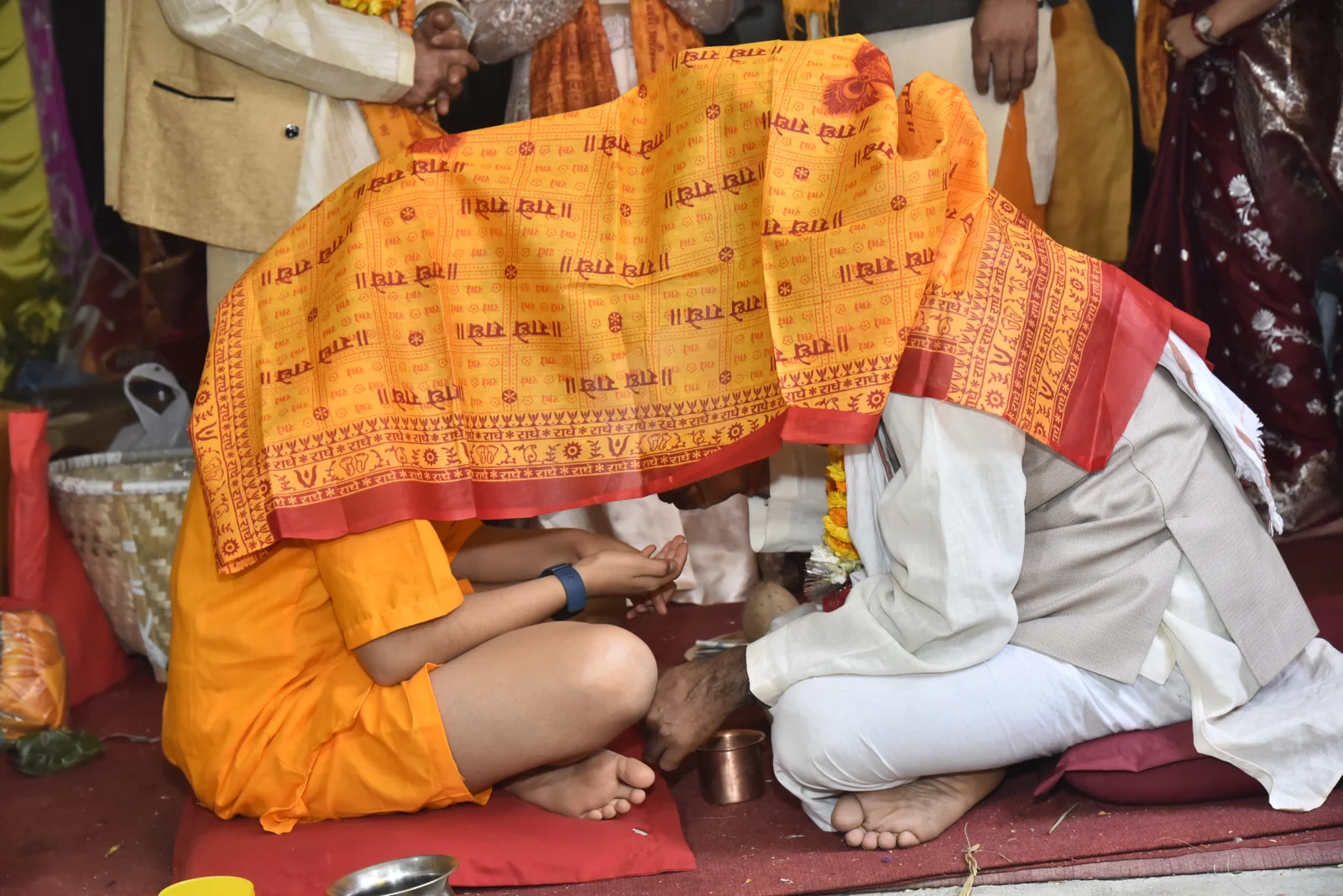Share this Article

Nepal, a land steeped in history and tradition, has long been influenced by a unique blend of Hindu, Buddhist, and indigenous cultures. These diverse religious and cultural beliefs have traditionally shaped gender roles and expectations, particularly concerning the roles of men and women in society. However, as Nepal modernizes and interacts with global ideas on gender equality and women's rights, these traditional gender roles are undergoing significant transformation. This article explores the evolving gender roles in Nepali society, examining how history, culture, education, and modernization are reshaping the way gender is perceived and experienced.
1. Traditional Gender Roles in Nepali Society
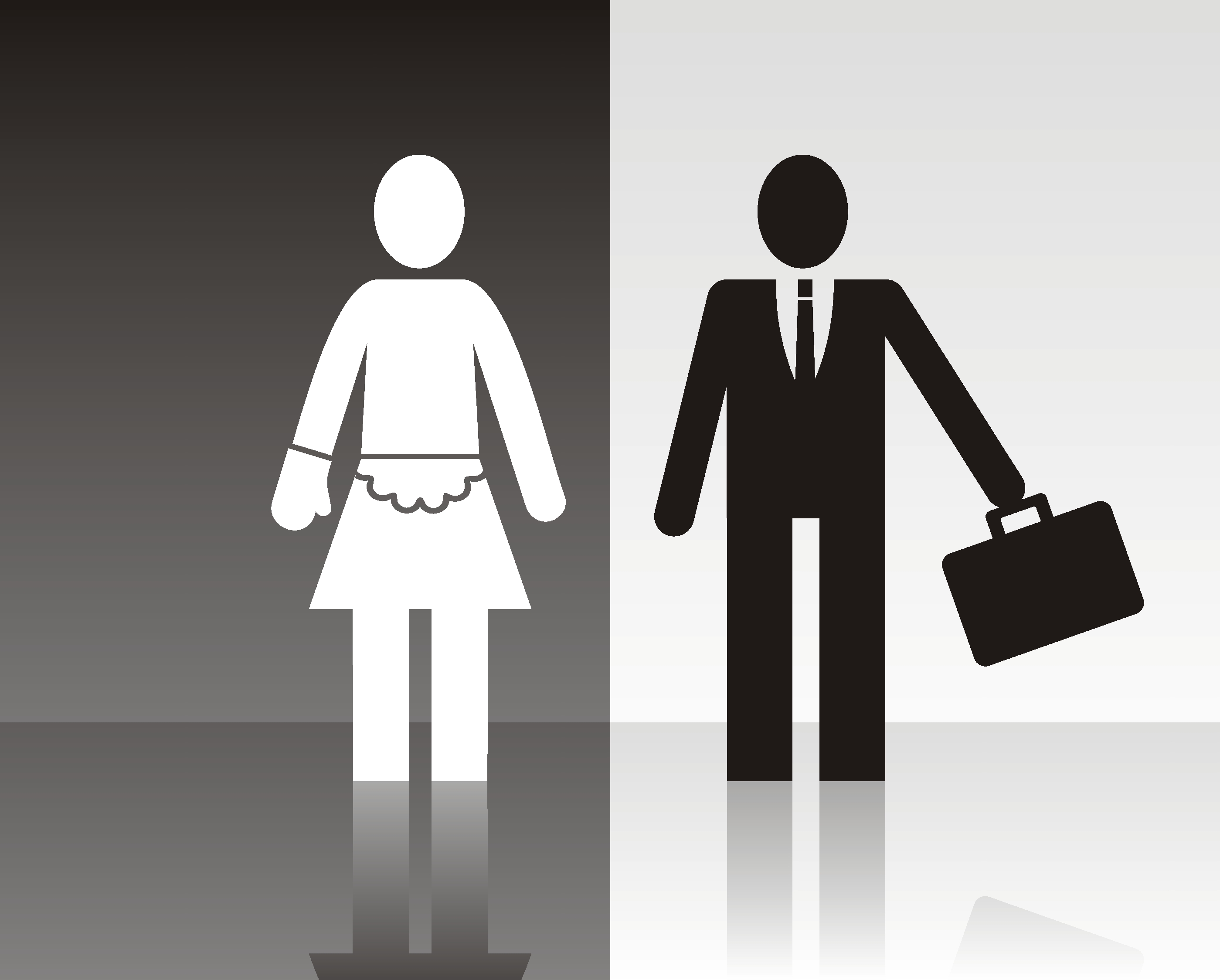
Historically, Nepali society was characterized by a patriarchal system, where gender roles were strictly defined, with clear distinctions between the roles of men and women. The influence of Hinduism and Buddhism, the dominant religions in Nepal, played a significant role in creating these divisions.
- Role of Women: In traditional Nepali society, women's primary roles were as caregivers, homemakers, and mothers. They were expected to manage household chores, care for children, and uphold cultural and religious traditions. The concept of "Gharwāli" (housewife) was central, with women's labor often seen as contributing directly to the stability and prosperity of the family unit. While women's roles in the home were vital, their public presence was limited, particularly in rural areas.
- Role of Men: Men, on the other hand, were seen as the breadwinners, protectors, and decision-makers within the family. They typically worked outside the home, engaged in farming, business, or other occupations, and had authority over matters related to family finances, property, and community matters. Men were also considered the head of the household, with significant influence over familial and social decisions.
- Religious and Cultural Expectations: In the context of religious life, women were often excluded from certain rituals and practices. Hindu women, in particular, were expected to adhere to strict codes of conduct, such as wearing modest clothing and remaining in the background during religious ceremonies. Furthermore, cultural practices like Sati (the practice of a widow self-immolating) and dowry perpetuated gender inequalities, reinforcing the subordinate position of women in society.
2. Changing Attitudes Towards Gender Roles
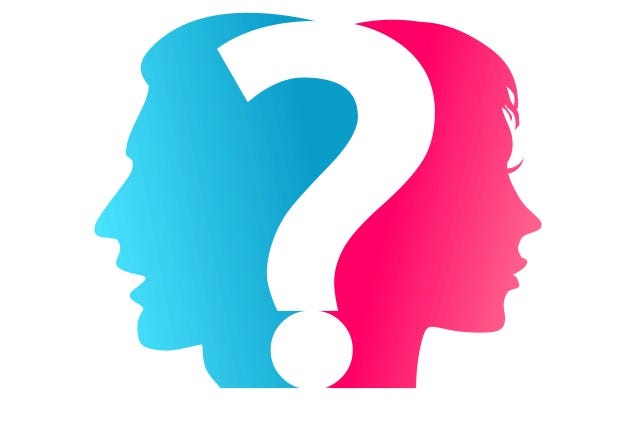
In recent decades, particularly after the democratization of Nepal in 1990 and the end of the civil war in 2006, attitudes towards gender roles have gradually begun to change. A combination of legal reforms, education, and exposure to global movements for gender equality has led to increased awareness and advocacy for women’s rights.
- Educational Advancements: Education has played a critical role in shifting traditional gender roles in Nepal. While education was historically limited for girls, there has been a significant push for gender parity in schooling, particularly in urban areas. Organizations such as Room to Read and UNICEF have helped increase girls' enrollment in schools, with the aim of empowering young women and challenging traditional norms. Educated women are now more likely to pursue careers, participate in community leadership, and challenge gender expectations.
- Increased Workforce Participation: With greater access to education and economic opportunities, women are entering the workforce in greater numbers. While Nepal still has a long way to go in terms of gender equality in employment, women are increasingly represented in professions such as teaching, healthcare, business, and even in leadership roles in politics.
- Political Representation: One of the most significant changes in recent years has been the increase in women's political participation. Nepal made history in 2008 when it became a federal republic, and the new constitution guaranteed a 33% representation for women in all levels of government. This led to a surge in female participation in politics, and several women have since taken on high-profile leadership positions, including President Bidhya Devi Bhandari, Nepal's first female president, and Deputy Prime Minister and Minister for Defense, Ishwar Pokharel, who advocated for women's leadership roles.
3. Rural vs. Urban Gender Dynamics
While gender roles are evolving in urban areas, rural Nepal still holds onto traditional expectations for women and men. The gap between urban and rural gender norms is significant, with urban areas benefiting more from progressive policies, education, and economic opportunities.
- Urban Areas: In cities like Kathmandu, Pokhara, and Lalitpur, the influence of modernity, globalization, and exposure to feminist ideals have led to a gradual shift in traditional gender roles. Women in urban areas are increasingly visible in the public sphere, contributing to all areas of professional life, including politics, business, education, and arts. There is also a growing awareness of women’s rights and a shift in societal attitudes towards domestic labor, with more men sharing household responsibilities.
- Rural Areas: In contrast, rural areas often continue to enforce traditional gender roles. In many remote parts of Nepal, girls still face barriers to education, and women's roles are primarily centered around agriculture and household work. The "double burden" faced by rural women, where they work both at home and in the fields, remains prevalent, and issues such as child marriage, gender-based violence, and limited access to healthcare are more acute in these areas. However, grassroots organizations and local women’s groups are working hard to address these issues and bring about change in rural communities.
4. Impact of Globalization on Gender Roles
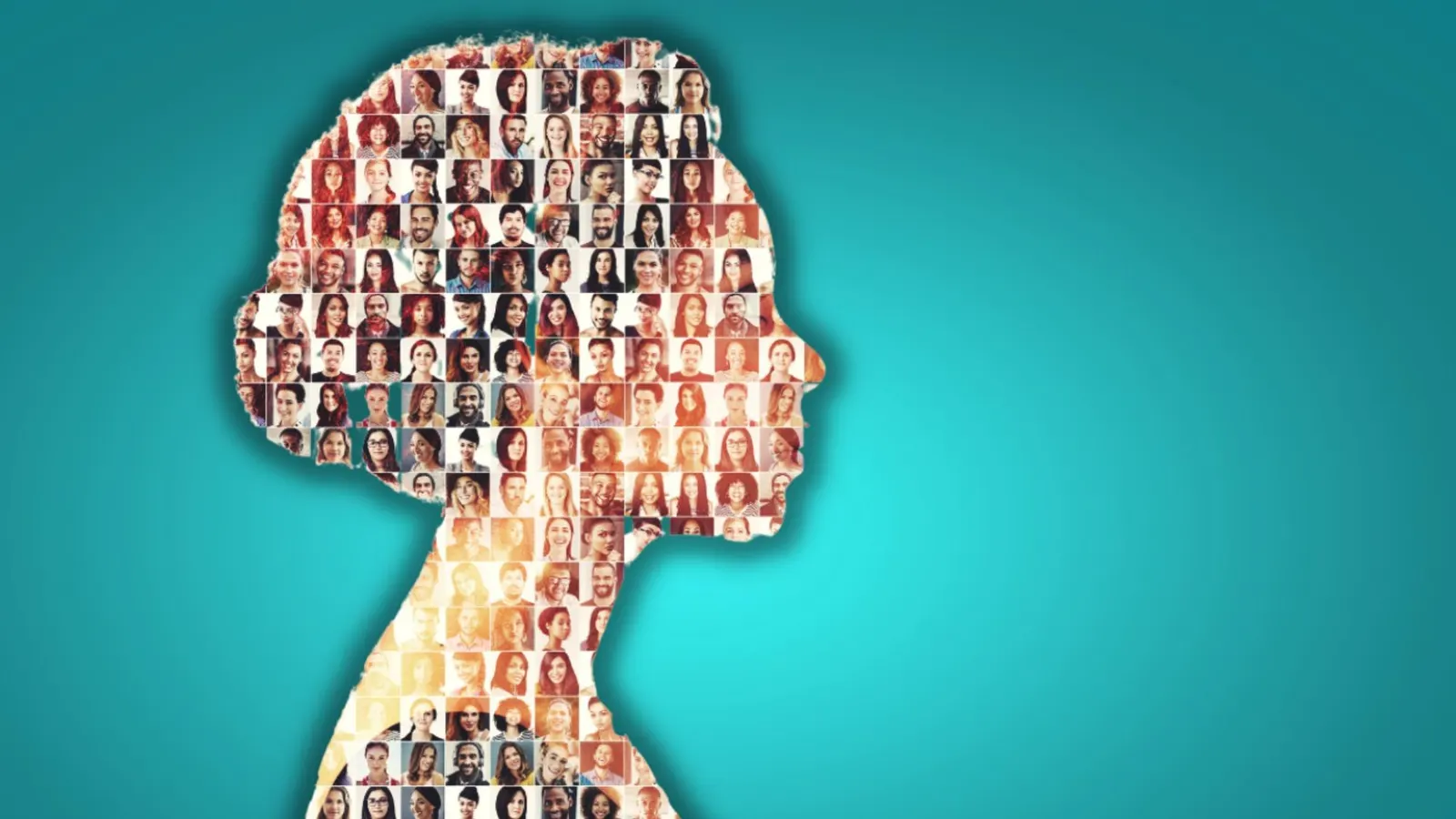
Globalization has had a profound effect on the gender dynamics in Nepal. The influx of Western ideals, media, and technology has exposed Nepali society to new concepts of gender equality, rights, and women's empowerment. This has led to a broadening of perspectives, particularly among the younger generation, who are increasingly challenging patriarchal structures.
- Media Influence: The rise of digital media, social media platforms, and exposure to global feminist movements have opened new spaces for Nepali women to voice their opinions, demand equal rights, and share their stories. Campaigns for women’s rights, such as the fight against gender-based violence, child marriage, and the dowry system, have gained traction on social media, amplifying voices that were once marginalized.
- Migration and Remittances: Migration, particularly to countries like Qatar, Malaysia, and the Gulf States, has also had a notable impact on gender roles in Nepal. Many Nepali women migrate for work as domestic workers, earning money to support their families back home. The remittances sent by these women have contributed significantly to the economic growth of Nepal and have also empowered women in rural areas. Women who previously had no access to financial independence are now able to contribute to household finances, leading to a shift in household decision-making power.
5. Challenges Still Faced by Women
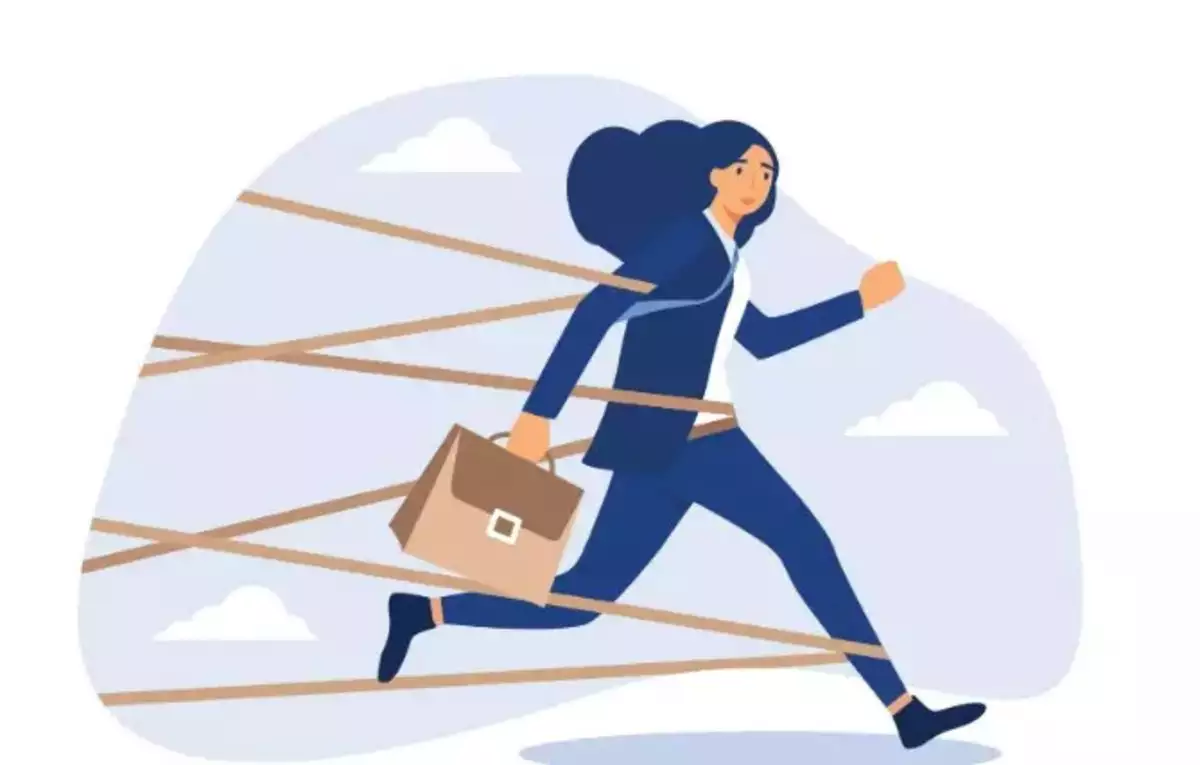
Despite these advances, Nepali women still face significant challenges when it comes to achieving true gender equality. The persistence of cultural norms, deep-seated patriarchy, gender-based violence, and economic inequality continues to hinder women's progress in many parts of Nepal.
- Domestic Violence and Sexual Harassment: Gender-based violence remains a pervasive issue, with domestic violence and sexual harassment being widespread. While laws have been introduced to protect women, enforcement remains weak, and many women continue to suffer in silence due to stigma, lack of legal awareness, and fear of retribution.
- Discrimination in the Workforce: Women, particularly those from marginalized communities such as the Dalits (lower caste) and indigenous groups, continue to face discrimination in the workforce. Despite educational advancements, women still struggle with equal pay, career progression, and leadership roles.
6. Looking Ahead: A More Equal Future?
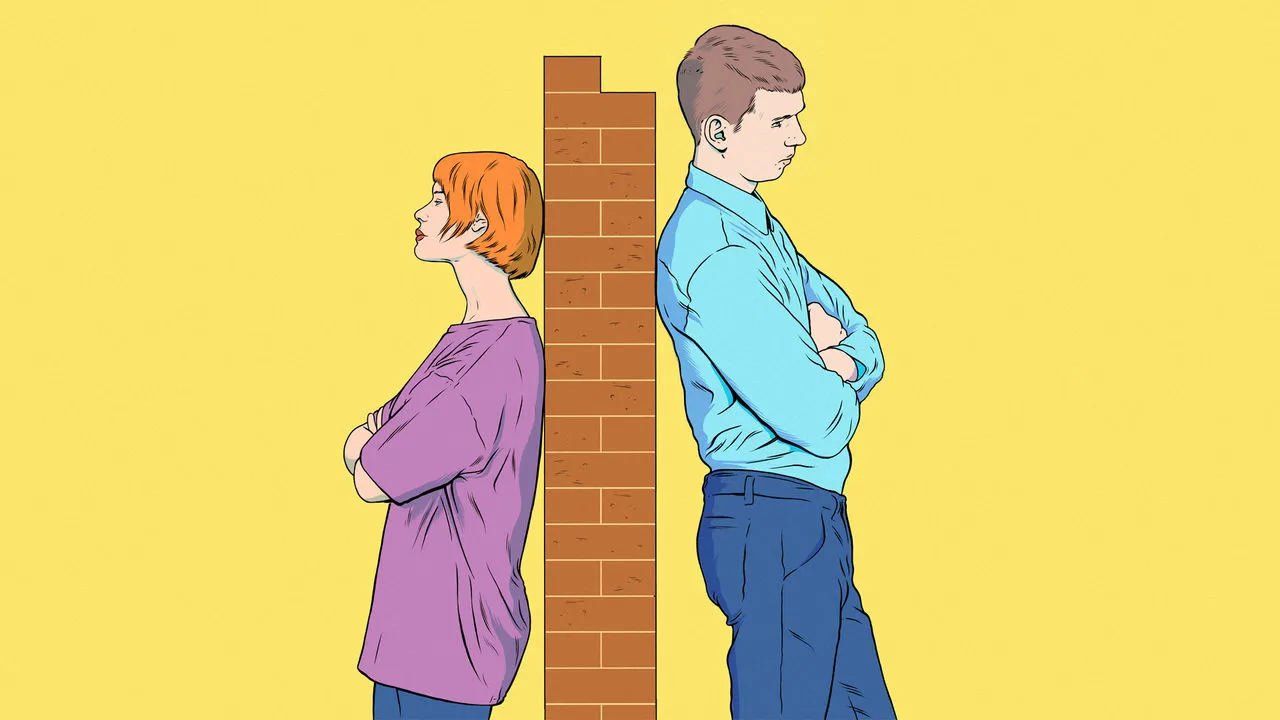
The evolving gender roles in Nepali society are a reflection of the broader shifts in the country’s social, political, and economic fabric. While much has been achieved in terms of women’s rights, gender equality, and social mobility, the journey is far from over. To truly address the root causes of gender inequality, a multi-faceted approach is needed—one that encompasses education, legal reform, cultural change, and economic opportunities.
The transformation of gender roles in Nepal will depend on continued advocacy, community-driven initiatives, and support from the government, civil society, and international organizations. As Nepali society progresses, gender equality could become a cornerstone for a more inclusive, fair, and prosperous nation.
Conclusion
Gender roles in Nepali society are evolving, with changing attitudes, legal reforms, and the increasing visibility of women in both public and private spheres. However, while progress is being made, significant challenges remain, particularly in rural areas. The journey toward achieving true gender equality in Nepal requires a continued commitment to education, empowerment, and the dismantling of patriarchal structures. Through collaboration and the active participation of both men and women, Nepal can build a more equitable society for all its citizens.
Categories:
Tags:
equal
,
equality
,
Gender roles
,
Self Roles


